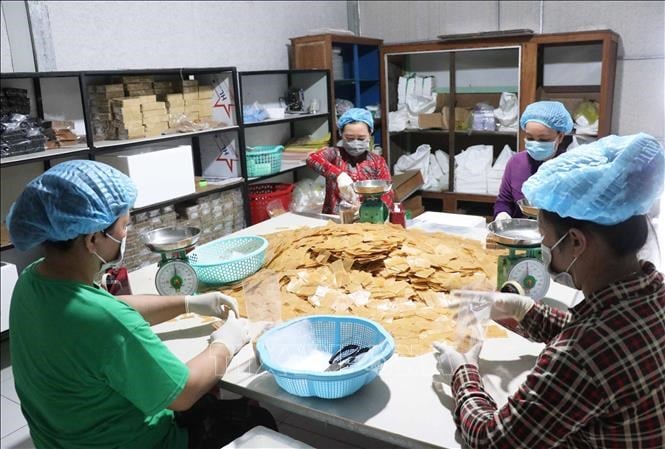
Outstanding results in 2025: Expanding scale, increasing income
By the end of 2025, Ca Mau province had a total of 493 cooperatives, of which 371 were operating stably. During the year, the province established 25 new cooperatives and dissolved 10 weak cooperatives. The total number of cooperative members reached 16,984 people, creating regular jobs for 10,625 workers, with an average income estimated at 50 million VND/person/year. The assessment and classification of cooperatives in 2024 showed that 21 cooperatives were operating well (6.3%) and 113 cooperatives were operating fairly (34.1%), demonstrating the growing role of cooperatives in improving income and welfare for members.
Chain linkage and digital transformation: Towards modernization
Cooperatives have been closely linked with the province's key products and OCOP. In 2025:
Production - consumption linkage: More than 40 cooperatives participate in the shrimp chain with a total certified area of 37,324 hectares; many shrimp - forest, shrimp - rice chains meet ASC, BAP, Naturland standards. The rice industry has 30 cooperatives participating in the linkage. Four pilot projects linking production and consumption of black tiger shrimp, rice, water fern, and freshwater fish products were approved with a support budget of 3.3 billion VND.
Digital transformation: Support 20 cooperatives to use electronic diary (FaceFarm) and accounting software (WACA) to trace origin and improve management; 24 cooperatives participating in the 1 million hectare high-quality rice project are supported with Hanbai sales management software.
Human resource development: 18 young workers graduated from college and university were sent to work at the cooperative, with a total cost of 1,678 billion VND.
Challenges and directions 2026
Despite many achievements, the collective economic sector still faces difficulties: awareness of new-style cooperatives is not uniform, management capacity is limited (only 18.5% of managers have college or university degrees), and many cooperatives lack resources and do not have a clear financial plan.
The 2026 plan aims to improve the quality of cooperatives, prioritizing models associated with value chains and applying high technology: 60% of agricultural cooperatives will achieve Good and Fair levels. Inspect and consolidate 10-15% of weak cooperatives. Support 10 young workers who have graduated from college or university to work at cooperatives. Support at least 4 cooperatives to cooperate and link in production and product consumption. Key solutions will focus on disseminating the 2023 Law on Cooperatives, strengthening the state management apparatus on collective economy and innovating production and business methods to improve the competitiveness of cooperatives in the market.
With the determination to innovate and improve operational efficiency, the Department of Agriculture and Environment will continue to accompany cooperatives, promote value chain linkages, apply modern technology and develop high-quality human resources. Thereby, the collective economic sector will become increasingly stronger, contributing positively to the sustainable development of agriculture and improving the lives of people in the province./.
Source: https://sonnmt.camau.gov.vn/phat-trien-nong-thon/thuc-day-kinh-te-tap-the-nong-nghiep-291071












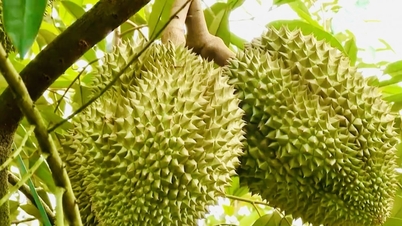





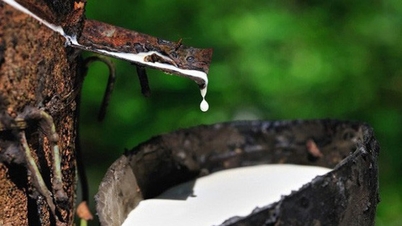






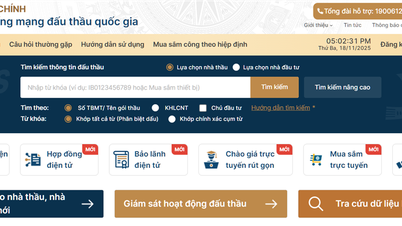















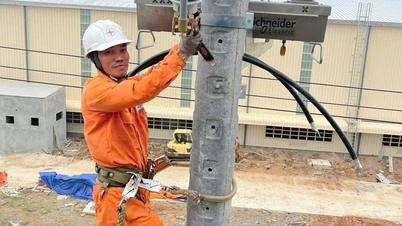



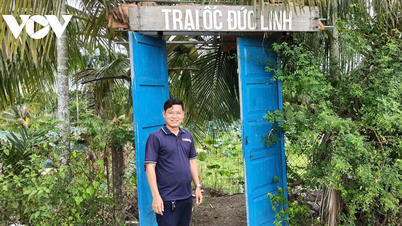























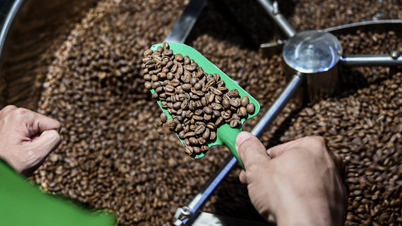













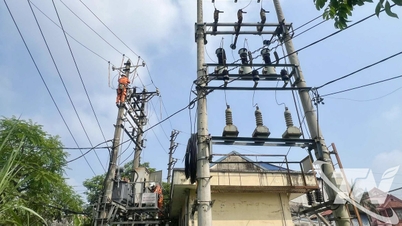


















Comment (0)